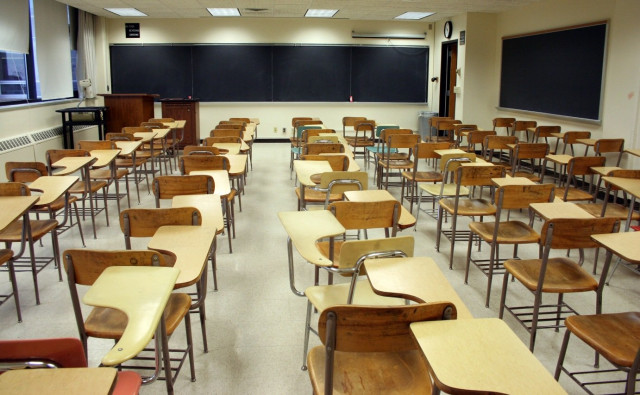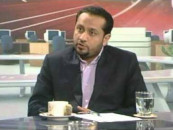Education policy seminar: ‘Daanish schools may not be as beneficial, but not useless either’
Budgeting, teacher training and standard of education discussed.

“Article 25-A of the constitution provides the right to ‘free and compulsory education’ to every child between the ages of 5 to 16 years, but what exactly does the state mean when it says free education?” asked Ahmad Ali, an Institute of Social and Policy Sciences (ISAPS) research fellow.
He was speaking at a policy dialogue seminar titled ‘Right to education in the post 18th amendment scenario’ organised by the ISAPS at Pearl Continental on Thursday.
Ali argued that the term ‘free education’ had been used vaguely by the state implying whether the state intended to include books, uniform and travel facilities in the definition.
The seminar targeted both the administrative and the budgetary ‘implications’ of implementing Article 25-A, which lists education as a right of every child aged 5 to 16.
Identifying legislature, monetary funds and administrative initiatives the basis to ensure implementation of the right to education, Ali stressed on the need for “relevant budgetary allocation”, without which, he added, it was not feasible to implement the law itself.
The ISAPS research fellow referred to a 2011 survey of Pakistan Bureau of Statistics, titled Pakistan Social and Living Standards Measurement Survey, which said that 36 per cent of children at the primary level did not get into school at the right age. He also pointed out that there was a degree of uncertainty in determining uniformity in the right age for admission of a child.
Presenting the cost implications for implementing the Article 25-A for Punjab, ISAPS Executive Director Dr Salman Humayun said that according to a 2009-2010 survey, as many as five million children between the ages of five and nine, were out of school in Punjab.
Another report in 2011 by the Pakistan Education Task Force painted a similar picture, placing Pakistan second in the global ‘out of school children’ rankings, he said.
Dr Humayun added that with the population growing at a rate of 1.4 per cent in Punjab, the province will have to cater to the educational rights of more than 19 million children over the next 15 years.
He said lack of teacher training and substandard education were major factors that contributed significantly to the drop-out rate of children in schools.
With the current education infrastructure comprising 61,000 schools with 350,000 teachers, Dr Humayun predicted that the province will require 65,500 schools and almost 500,000 teachers by 2024-2025 at current growth rates.
He urged on discovering innovative ways of allocating budget for education and was quick to question the Punjab government’s laptop scheme, which, he said had cost the exchequer Rs4 billion for 125,000 units.
He further revealed that the government had failed to allocate funds for the laptop scheme in the budget, raising questions on the availability of the fund.
He raised similar questions over the practicality of Daanish Schools which costs the Punjab government Rs16,000 per child. Dr Humayun said Daanish schools and the laptop scheme were in conflict with ensuring the implementation of Article 25-A, especially in situations where the government was running low on resources.
Chaudhry Javed Ahmad, the chairman of the standing committee on education, seconded Dr Humayun. He said that the Daanish Schools initiative might not have been “as beneficial as expected”, yet government resources were not wasted in the process.
Ahmad said the government hoped to ensure a speedy process of devolution, as well regretted certain ad-hoc initiatives that had been taken. He announced the government had decided to allocate Rs1.5 billion this year for the reconstruction of schools destroyed in the 2010 floods.
Qaiser Rashid, the Department of Schools and Education deputy secretary, said activation of school counsels and school based budgeting needed to be ensured to bring about greater empowerment to the education sector.
Chairperson of the management committee at the Society for the Advancement of Education pointed at the lack of teacher training. He hoped that in addition to Daanish Schools, the government would focus on creating ‘centres of excellence’ in the province, as stated in the Punjab Daanish Schools and Centres of Excellence Authority Act 2010.
Former minister for Education Mian Imran Masood said that primary, secondary and higher education needed to be connected in a system to ensure a fast progression for children throughout their academic career.



















COMMENTS
Comments are moderated and generally will be posted if they are on-topic and not abusive.
For more information, please see our Comments FAQ